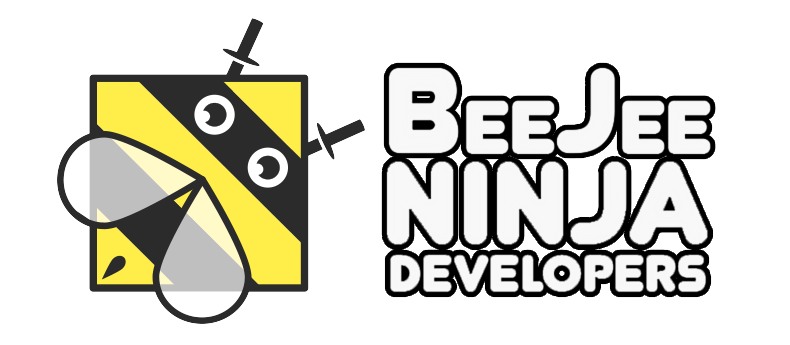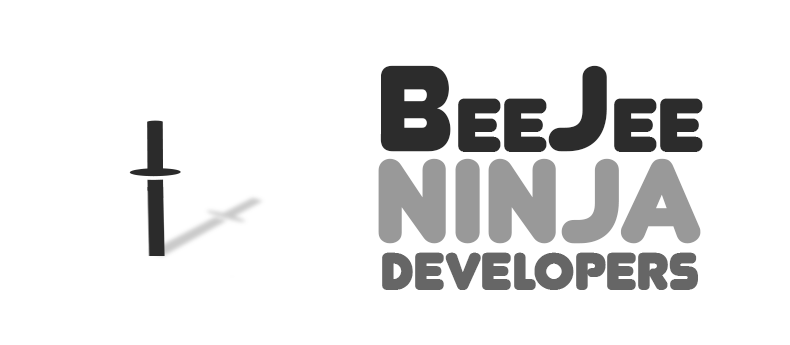
Tell us about your project

Tell us about your project
Fully customizable apps
We have people in team expirienced both with Oracle and Microsoft technology stacks, also we have developed ERP and CRM systems as fully custom solutions using Node.js, React, Angular.
SG.HRM is a corporate system for financial company human resources department. It allows one to manage employee profiles. It is possible to observe step-by-step employment and working process, from the first interview to firing.
SeeYou application is a CRM for delivery service. It allows a manager to see the couriers’ position, source and delivery locations on the map. The application helps to take orders by phone, to fill their data and then to track them until completion.
Metatest is an employee testing intranet portal. It allows creating various tests from simple choice to “draw your answer.” There is a powerful reporting module for admins to create sophisticated graphical reports without programming.
Technology stack we use
On top of base math and algorithmic skills
Strong fundamental skills
We have technical education in computer science field and tons of real life development experience
Our services
Collaboration options
30$+ / hour
Samurai
40$+ / hour
Imperial Guard
Batteries are included
A few more facts about BeeJee ninja developers
Not just a team, but a company
TL;DR; ?
Experience + passion = ?
Smart architecture today is a pledge for easy work tomorrow and ever
Call of duty is my armour
True ninja works 24/7 to meet the deadline again and again
